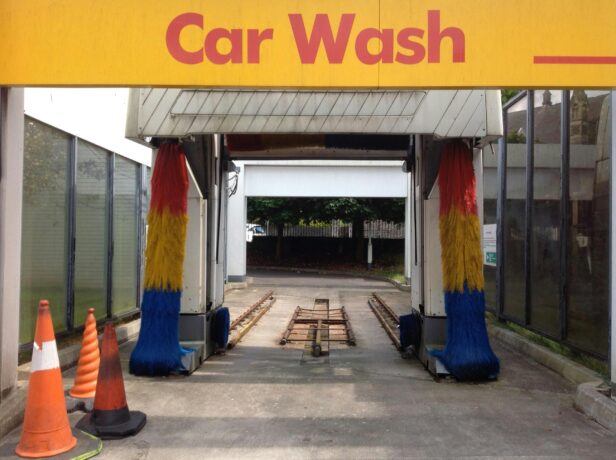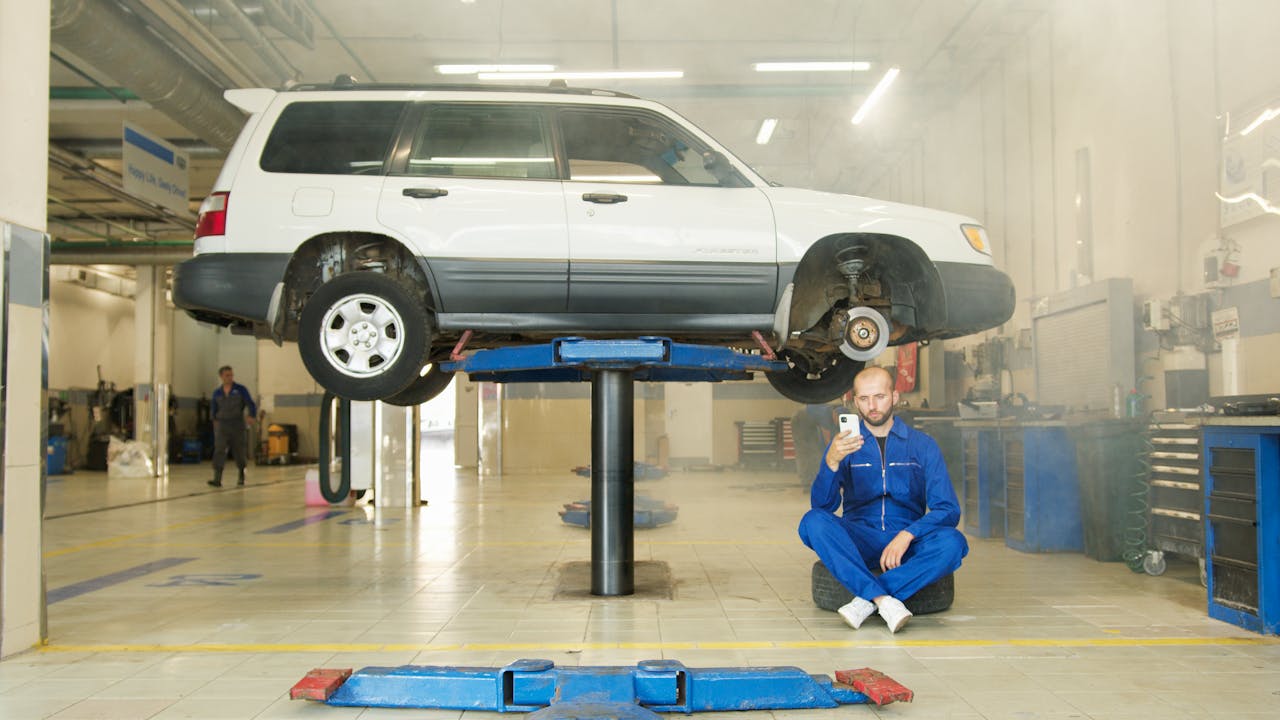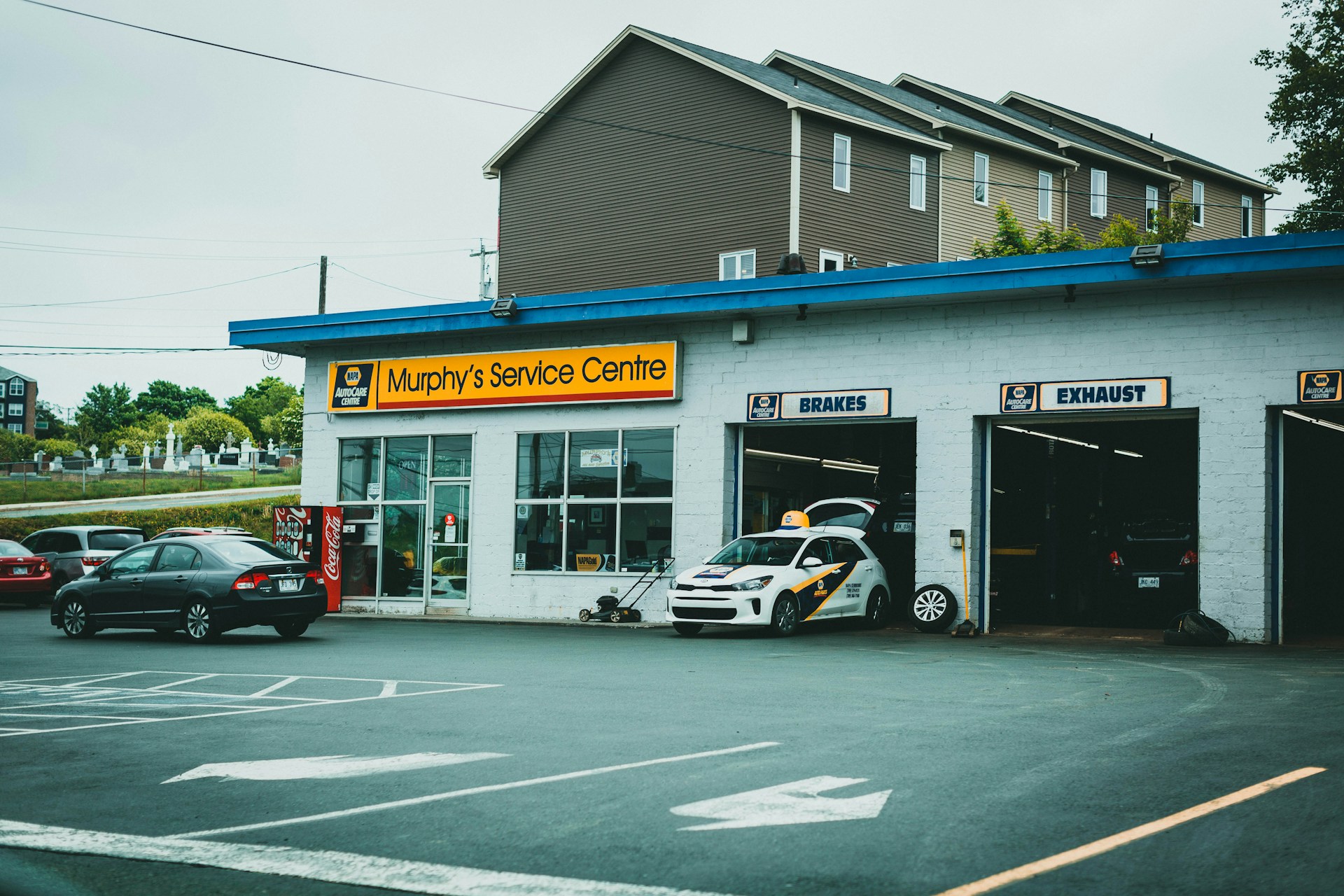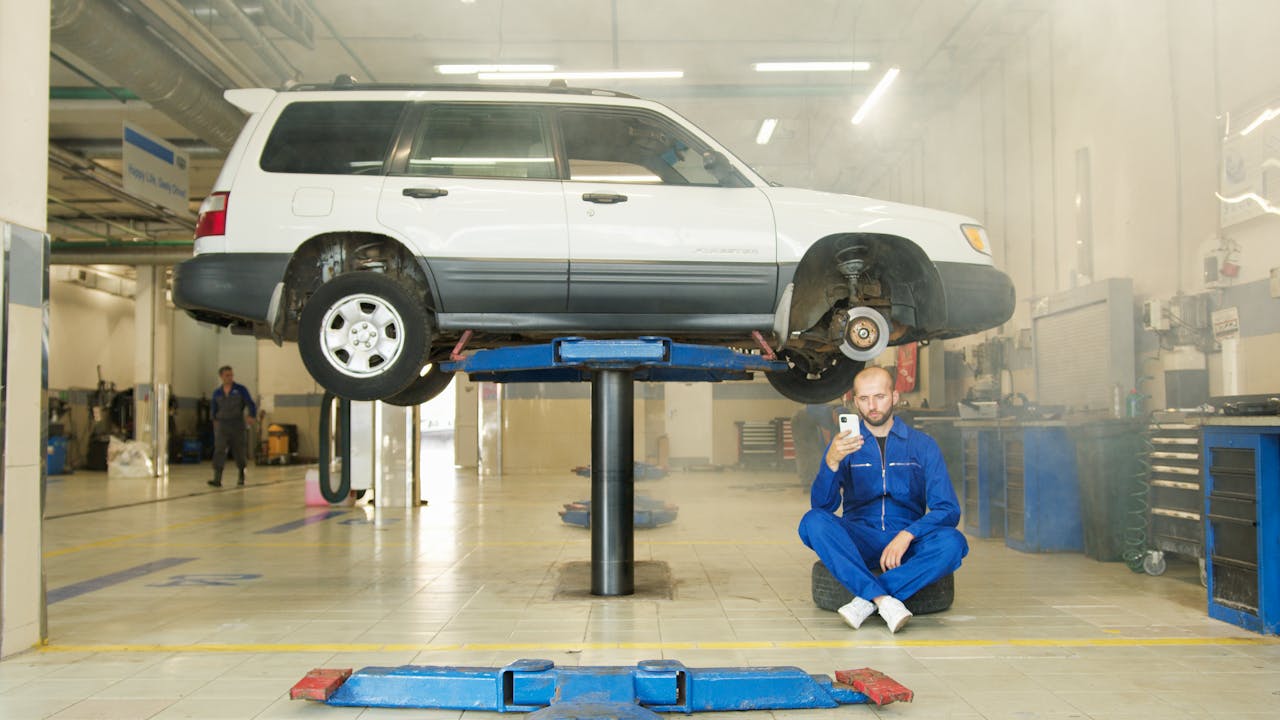Car wash operators must contend with multiple noise sources that can impact surrounding properties. Chapter 22 of the Irving Code of Ordinances establishes the framework for managing these acoustic challenges.
Compliance centers on preventing unreasonably loud, disturbing, or unnecessary noise that disrupts the peace and comfort of others. The City of Irving evaluates violations based on several contextual factors: proximity to residential areas, current land use and zoning classifications, time of day, duration of noise events, and whether sounds occur intermittently or continuously. These standards apply directly to typical car wash operations, including blower systems, loudspeaker announcements, loading and unloading activities, and vehicle exhaust systems.
Which Irving Noise Limits And Quiet Hours Affect Car Washes?
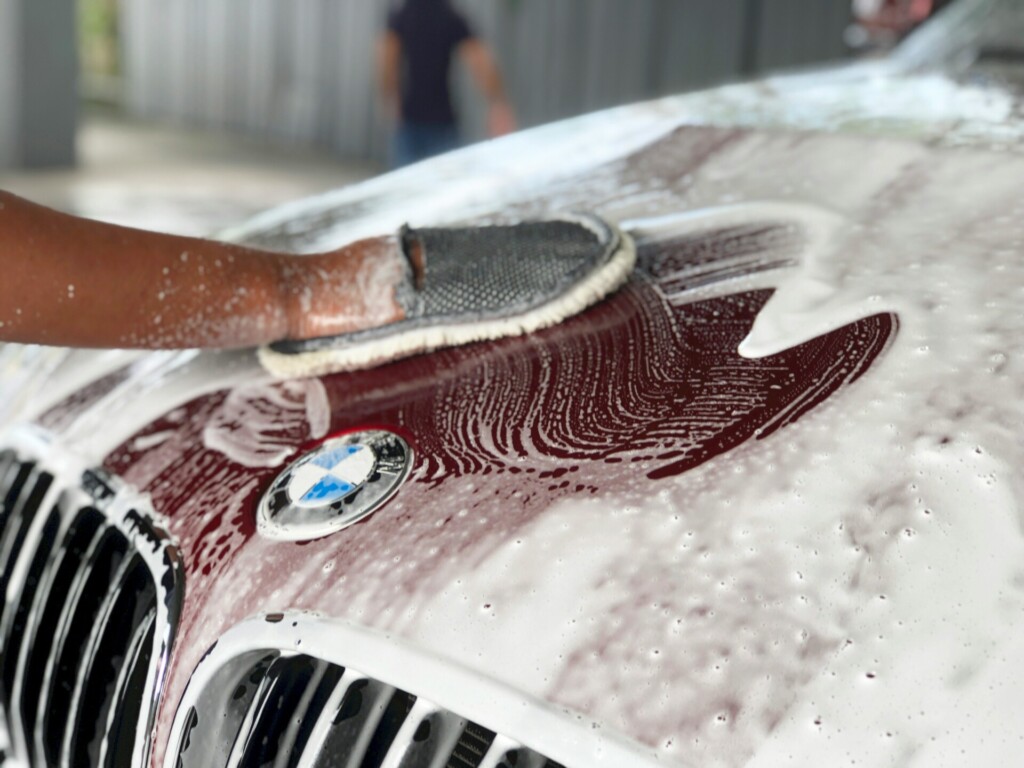
Irving’s Chapter 22 establishes specific decibel thresholds and quiet hour restrictions that directly impact car wash operations. These standards provide clear benchmarks for compliance and help us avoid violations that could disrupt construction schedules.
Residential Property Line Limits
The ordinance sets different decibel limits based on time of day when measuring at residential property lines. During nighttime hours from 10 p.m. to 7 a.m., any sound exceeding 50 dB(A) constitutes prima facie evidence of a violation. Daytime operations between 7 a.m. and 10 p.m. face a higher threshold of 60 dB(A).
These A-weighted measurements account for how the human ear perceives sound frequencies. Property line measurement means the sound level recorded at the boundary between the car wash site and adjacent residential properties, not at the building itself.
Loudspeaker And Amplified Sound Restrictions
Amplified sound systems face strict time-based limitations in residential contexts. Weekday restrictions run from 10 p.m. to 7 a.m., while weekends and holidays extend the quiet period until 10 a.m. These rules apply both within residential areas and in adjacent commercial establishments.
The ordinance also prohibits plainly audible amplified sound in public spaces if it crosses property lines. This plainly audible standard means enforcement officers can determine violations without specialized measuring equipment when sound is clearly detectable across boundaries.
Commercial Site Proximity Rules
Commercial establishments adjacent to residential property face per se violation standards during nighttime hours. Any unreasonably loud noise plainly audible from residential property between 10 p.m. and 7 a.m. automatically violates the ordinance. This creates stricter liability for car washes near residential areas compared to those in purely commercial zones.
The proximity factor significantly affects operational planning for sites where residential and commercial properties share boundaries. We must account for sound transmission across these interfaces when planning equipment placement and operational schedules.
Blower Equipment Limitations
Blowers and similar noise-creating devices face specific residential area restrictions during quiet hours. Between 10 p.m. and 7 a.m., operating these devices violates the ordinance if the noise crosses property lines and qualifies as unreasonably loud, disturbing, and unnecessary.
This provision directly affects car wash drying systems, vacuum equipment, and ventilation fans. The combination of audibility across property lines and the unreasonably loud standard creates dual criteria for compliance assessment.
Motor Vehicle Provisions
Vehicle-related noise standards address both operational equipment and customer vehicles. All engines must maintain effective mufflers to prevent excessive exhaust noise. Heavy vehicles exceeding 10,000 pounds cannot idle longer than 15 minutes within residential areas or within 300 feet of residential structures.
Poorly maintained vehicles causing loud grating or rattling sounds violate the ordinance regardless of time restrictions. These provisions affect both construction vehicles during car wash development and operational delivery trucks serving completed facilities.
How Can A Car Wash Document And Reduce Noise To Meet Irving’s Rules?
We approach car wash noise documentation through systematic A-weighted sound measurements at property lines adjacent to residential areas. This testing occurs during both day and night periods to capture varying operational conditions. The A-weighting scale provides the most accurate representation of how the human ear perceives sound, making it the standard for municipal compliance assessments.
Property line testing requires precise positioning to ensure measurements reflect actual noise exposure for neighboring residents. We position sound level meters at the boundary between the car wash property and residential areas during typical operating hours. These measurements establish baseline data for both existing ambient conditions and projected operational noise levels.
Operational scheduling becomes our primary tool for blower management during restricted hours. We coordinate equipment use to avoid operating high-noise blowers between 10 p.m. and 7 a.m. when residential impacts could violate the ordinance. This scheduling extends to maintenance activities and equipment testing that might generate similar noise signatures.
Loudspeaker management focuses on volume control and directional placement to prevent sound from becoming plainly audible across property lines. We design audio systems with appropriate attenuation and positioning to contain sound within the car wash facility during all hours. During quiet hours, we implement additional volume restrictions or eliminate loudspeaker use entirely in areas adjacent to residential properties.
Muffler maintenance programs ensure vehicle exhaust systems remain effective throughout operations. We establish regular inspection schedules for all on-site vehicles and require proper muffling for any heavy vehicles operating within 300 feet of residential structures. This includes limiting idling times for service vehicles and delivery trucks to prevent sustained noise exposure.
Loading and unloading procedures require careful coordination to minimize unnecessary noise generation. We schedule material deliveries during permitted hours and implement handling techniques that reduce impact noise from equipment movement. These procedures include using rubber mats, controlling drop heights, and coordinating multiple deliveries to consolidate noise-generating activities into shorter time periods.
Who Enforces The Ordinance In Irving, And What Are The Penalties?
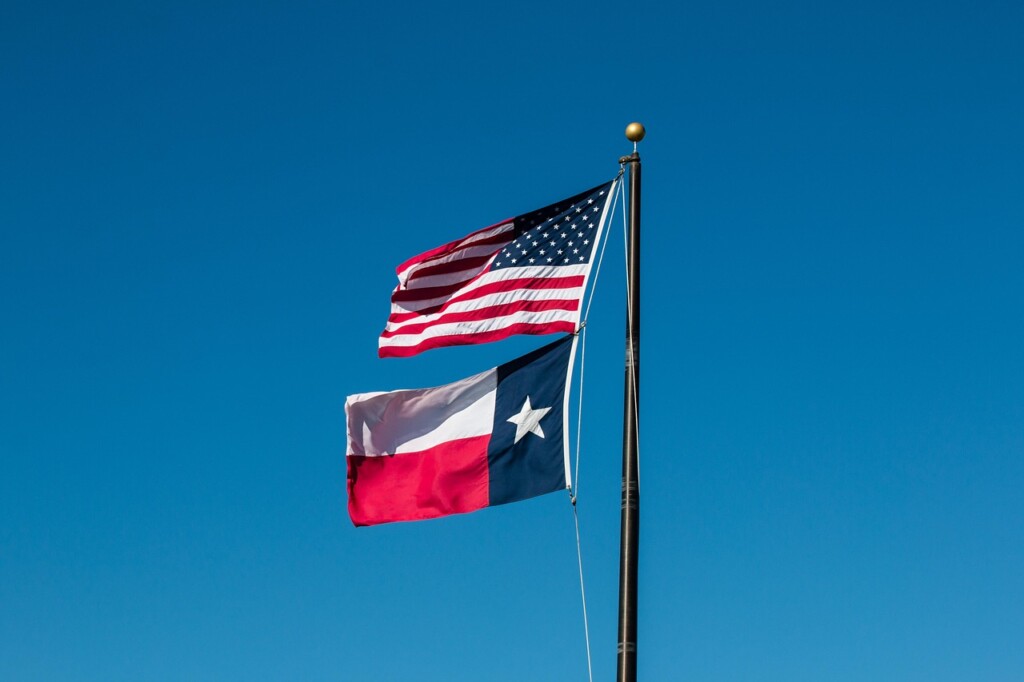
The Chief of Police and designees handle primary enforcement of Chapter 22 noise regulations. This includes both Irving Police Department officers and code enforcement officers who work directly with property owners and businesses.
These enforcement officials may begin with voluntary compliance efforts. They often issue warnings, notices, or provide education before pursuing formal citations. This approach allows businesses to correct violations without immediate penalties.
Violations constitute misdemeanors under Irving law. Each offense carries fines up to $500 per violation. The ordinance treats each occurrence as a separate offense, meaning continuing violations can result in daily penalties.
Prima facie evidence provisions make enforcement more straightforward in residential areas. When sound levels exceed 50 dB(A) at night or 60 dB(A) during daytime hours at property lines, officers have clear evidence of a violation. This removes ambiguity about whether noise levels violate city standards.
Daily violations apply to ongoing noise issues. If a car wash continues operating equipment that violates noise limits, each day the violation persists becomes a separate punishable offense. This structure encourages quick resolution of noise problems rather than prolonged violations.
How Does OSHA Workplace Noise Relate To Local Ordinance Compliance?
The Occupational Safety and Health Act of 1970 establishes federal standards designed to protect workers from hazardous workplace conditions, including excessive noise exposure. When we conduct car wash operations, OSHA inspections can examine noise levels alongside other safety risks such as chemical exposure, slip hazards from wet surfaces, and mechanical dangers from equipment. These federal workplace safety requirements operate independently from Irving’s Chapter 22 noise ordinance.
Irving’s municipal noise regulations focus on protecting community peace and preventing unreasonable disturbances to nearby properties. The city’s ordinance addresses external noise impacts and establishes specific decibel limits at property lines to maintain neighborhood quality of life. This local framework governs how car wash operations affect surrounding residential and commercial areas.
Successful car wash operations require compliance with both regulatory frameworks simultaneously. We must implement OSHA-compliant noise control measures to protect our workers while ensuring our operations meet Irving’s community noise standards. This dual approach means considering both internal workplace safety protocols and external community impact mitigation strategies when designing noise management systems for car wash facilities.
Final Words
In conclusion, successfully operating a car wash in Irving requires a diligent and multifaceted approach to noise management. Adherence to Chapter 22 is not simply about meeting decibel limits; it involves a comprehensive strategy that respects quiet hours, manages various noise sources from blowers to vehicles, and understands the enforcement landscape. By integrating these local community standards with federal OSHA requirements for worker safety, car wash operators can ensure their facilities are both compliant and conscientious, fostering a positive relationship with the surrounding community while protecting their employees.
Need help managing the complexities of your next construction project? Contact EB3 Construction to discuss your operational and recycling needs today.

